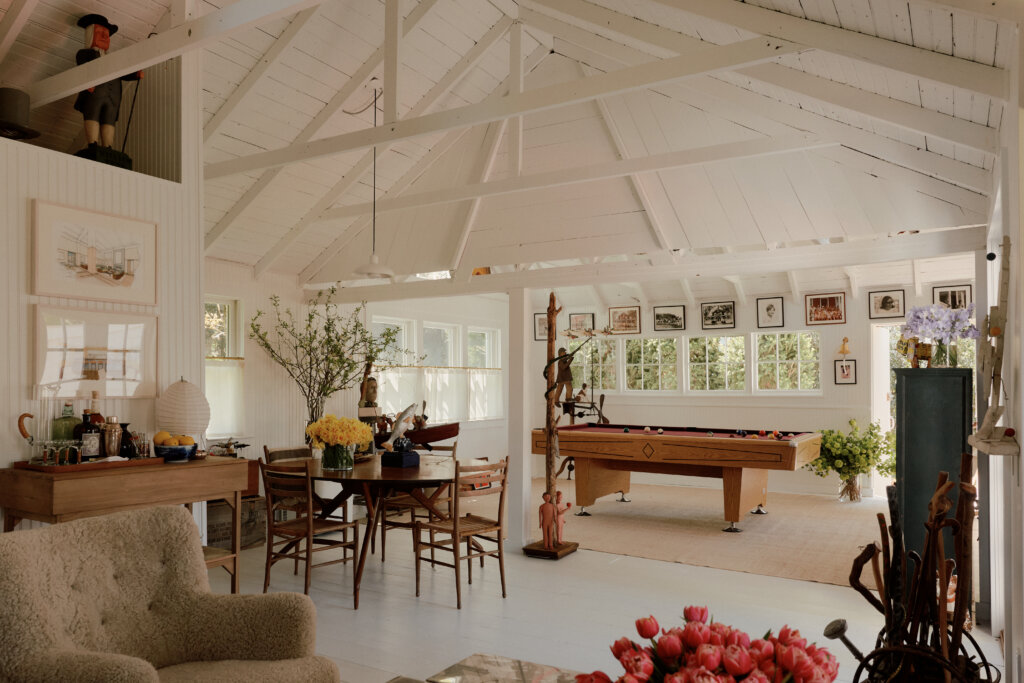
1. Peek Inside a Private Shelter Island Studio Filled With Generations of Artwork
Away from the churn of Manhattan, where John Gachot runs an eponymous design studio with his wife Christine, the designer has made his way into a drawing and painting practice that had been for decades relegated to notebooks and bar napkins. In a shed on their Dering Harbor property, John’s easels, drawing sheets, and pastels coexist with a gaggle of his father Richard Gachot’s sculptures, engrossed in a never-ending dialogue.
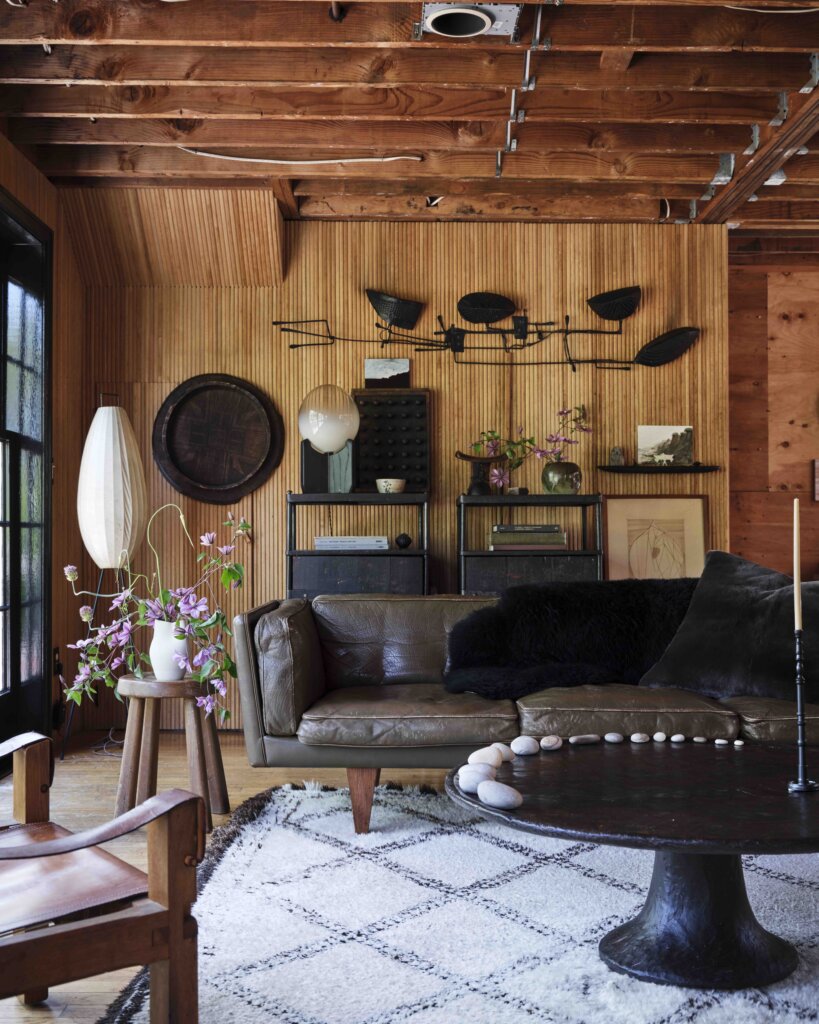
Stephen Alesch and Robin Standefer’s hybrid home-workshop in Montauk has become the laboratory for everything the Roman & Williams design duo does. It’s where Alesch makes furniture prototypes and Standefer, a New York native, experiments with assemblage and ceramics. “These things just wouldn’t happen in the city because of the intensity there,” she says. Alesch adds, “We never have a conversation about the cost of things or margins in Montauk. That’s city talk.”
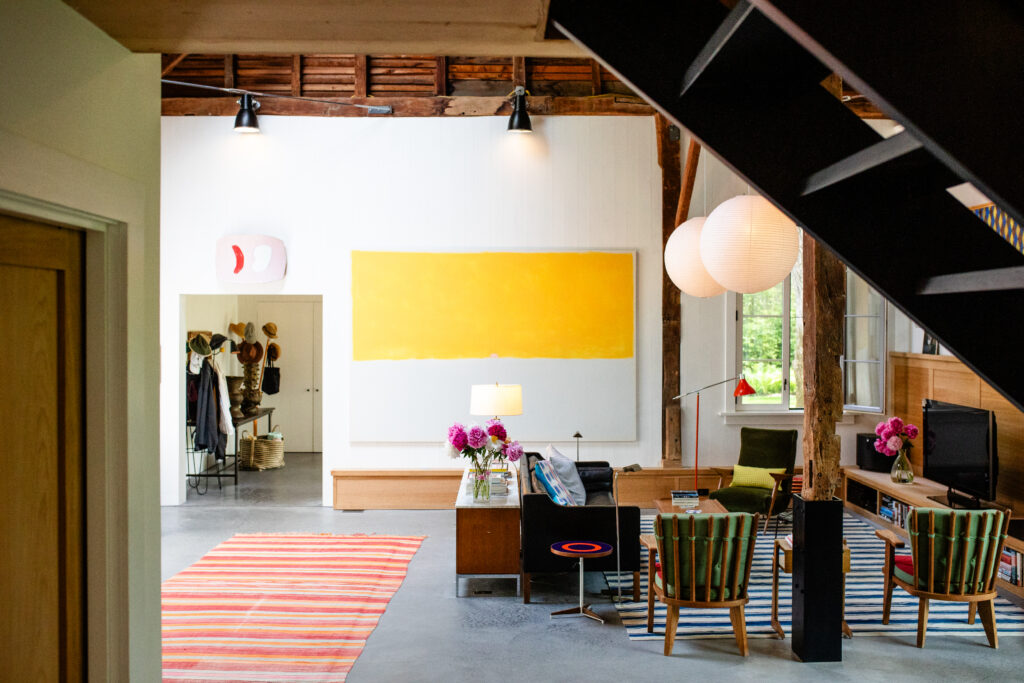
3. Artist David Salle Takes Us Inside His Hamptons Home, and How He Chose the Pieces on Its Walls
There are Hamptons artists, and then there is David Salle. The renowned Neo-Expressionist’s presence on the East End affirms the region’s place on today’s art history map, much like the titans of Abstract Expressionism did in the last century. For 40-plus years, Salle has been known for richly collaged mash-ups of high-low imagery that interweave pop culture references, cartoons, interior decor, print media, television iconography, and art masterpieces to capture the essence of Postmodernism and the contemporary.
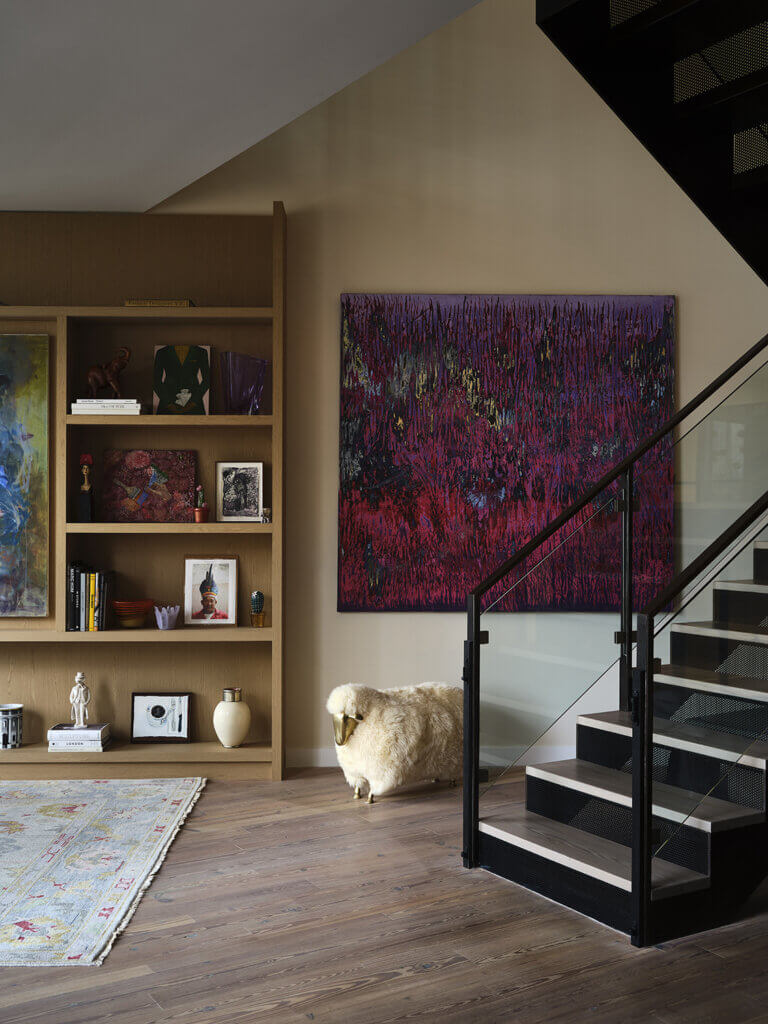
4. Few People Will Go to the Lengths of Real Estate Investor Carl Gambino to Secure a Coveted Work
Real estate investor Carl Gambino, who is based in New York, Los Angeles, and Miami, once flirted with the idea of becoming a flipper—and then resolved to buy art for keeps. His collection represents a who’s who of up-and-coming painters, as do the exhibitions he supports, including a showing of LaKela Brown at the Museum of Contemporary Art Detroit.
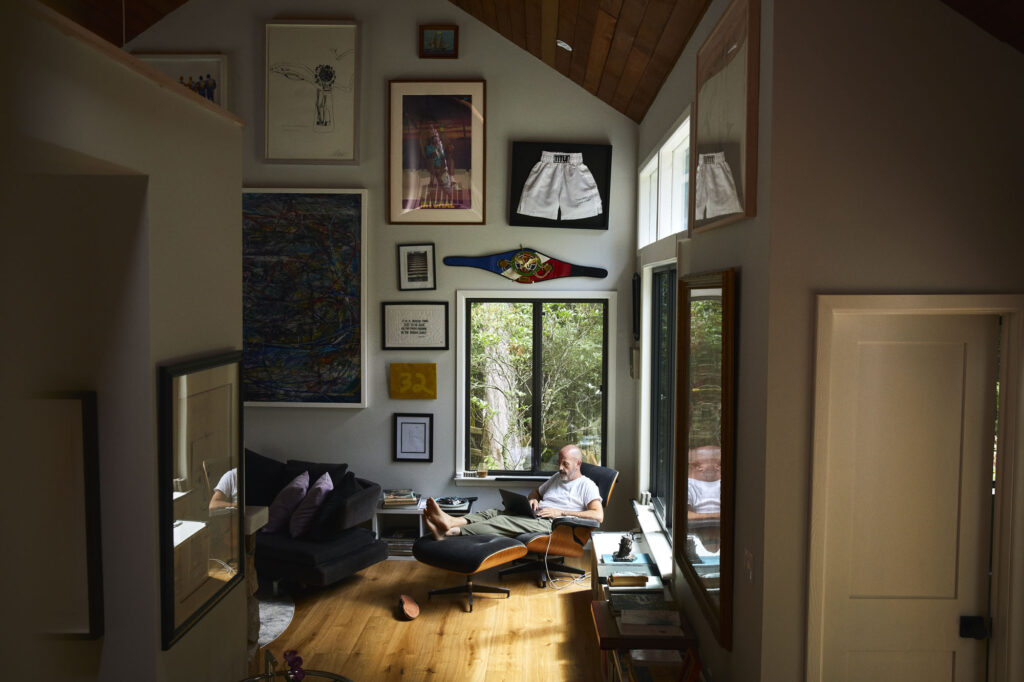
“I buy art because I want to feel what art makes me feel: joy, inspiration, awe, curiosity, respect, as much as I can in my everyday life,” says James Frey, whose collection at home in Pound Ridge includes pieces by Rashid Johnson, Robert Colescott, and Nate Lowman. As an author, Frey trades in the full spectrum of emotion across A Million Little Pieces, Bright Shiny Morning, and this year’s novelistic exploration of the darkness underlying a charming American town, Next To Heaven.
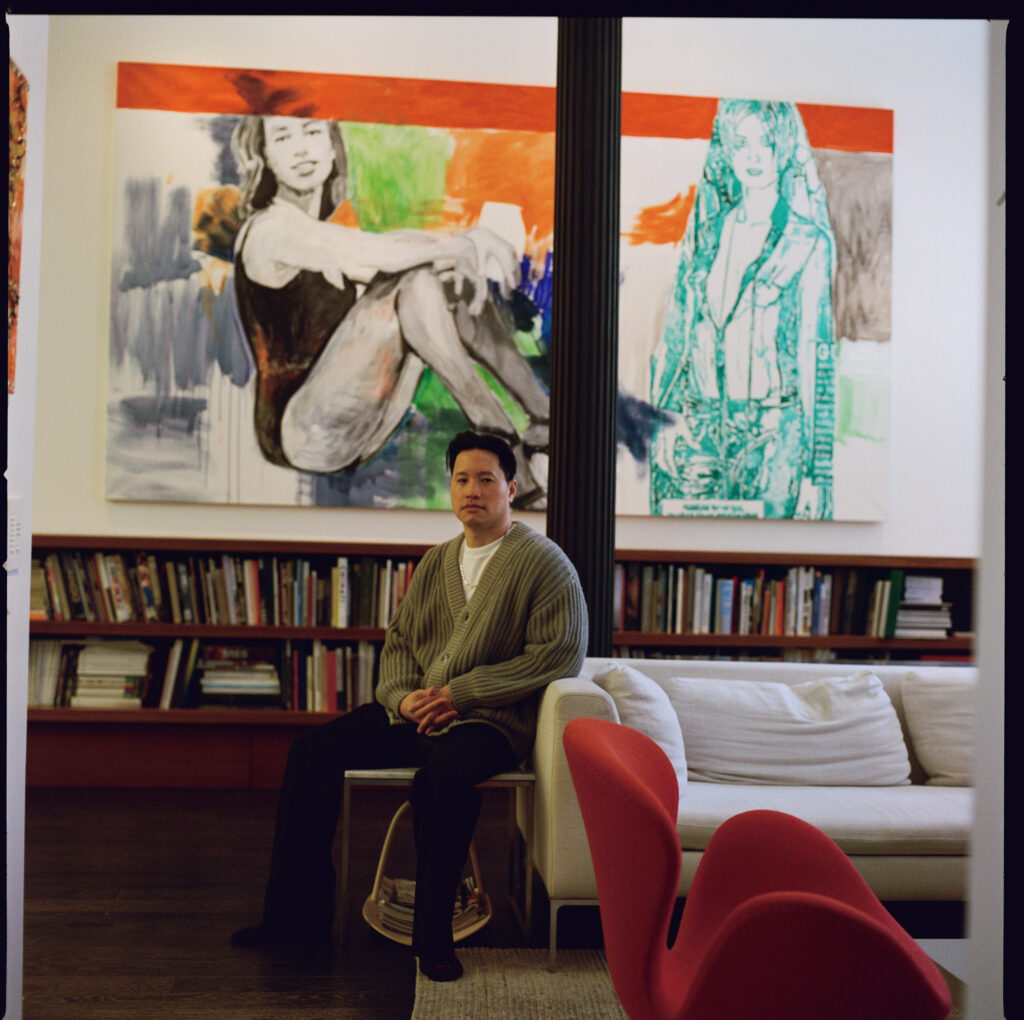
6. From Ugly Painting to a Miniature Tank, Paul Leong Favors Art That’s Hard to Love
Hawaii-born finance executive Paul Leong, who serves as co-chair of Friends at the Foundation for Contemporary Arts and on the Officer’s Committee of the MoMA Contemporary Arts Council, favors provocative, hard-to-live-with art that makes curators drool and interior decorators throw up their hands.
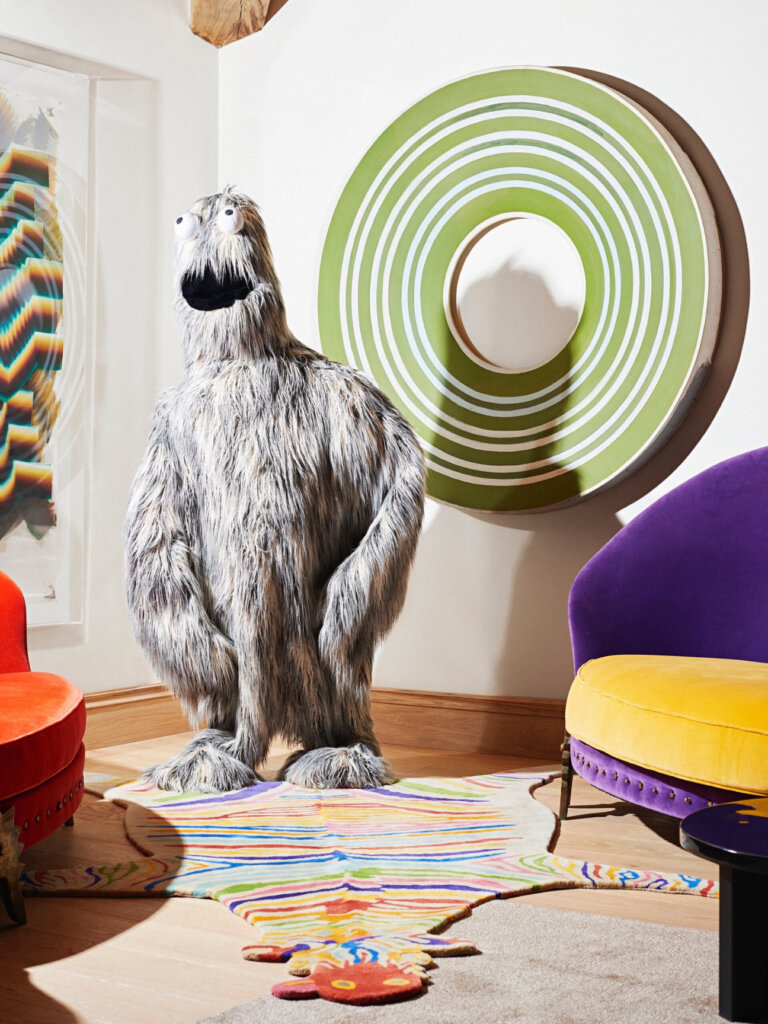
7. Swiss Collector Suzanne Syz Has a Priceless List of Art Fair Do’s and Don’ts
Suzanne Syz’s gut instincts and longtime collaboration with curator Nicolas Trembley have helped her gather an idiosyncratic collection of everything from 1980s New York icons like Barbara Kruger and Julian Schnabel to local icons like Olivier Mosset and Peter Fischli. The pieces adorn her homes in Geneva, Paris, and Tuscany, but much of the collection is housed in “the bank”—the Geneva headquarters of her financier husband, Eric Syz’s, Syz Group.
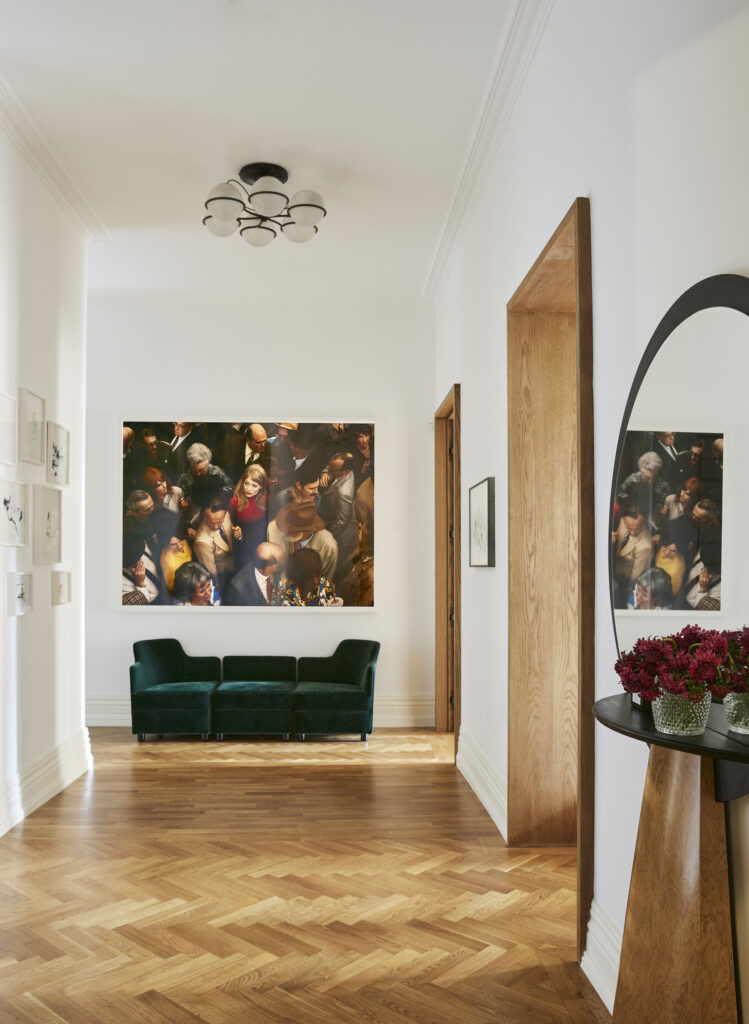
The husband-and-wife pair have art and culture in their blood. Cultural advisor Laura de Gunzburg, 35, is the daughter of arts patron Nathalie de Gunzburg, while developer Gabriel Chipperfield, 36, is the son of architect David Chipperfield. As a couple, they’ve worked to support institutions they believe in (the Dia Art Foundation, Serpentine Galleries, Turner Contemporary) and carve out their own tastes beyond their lineages.
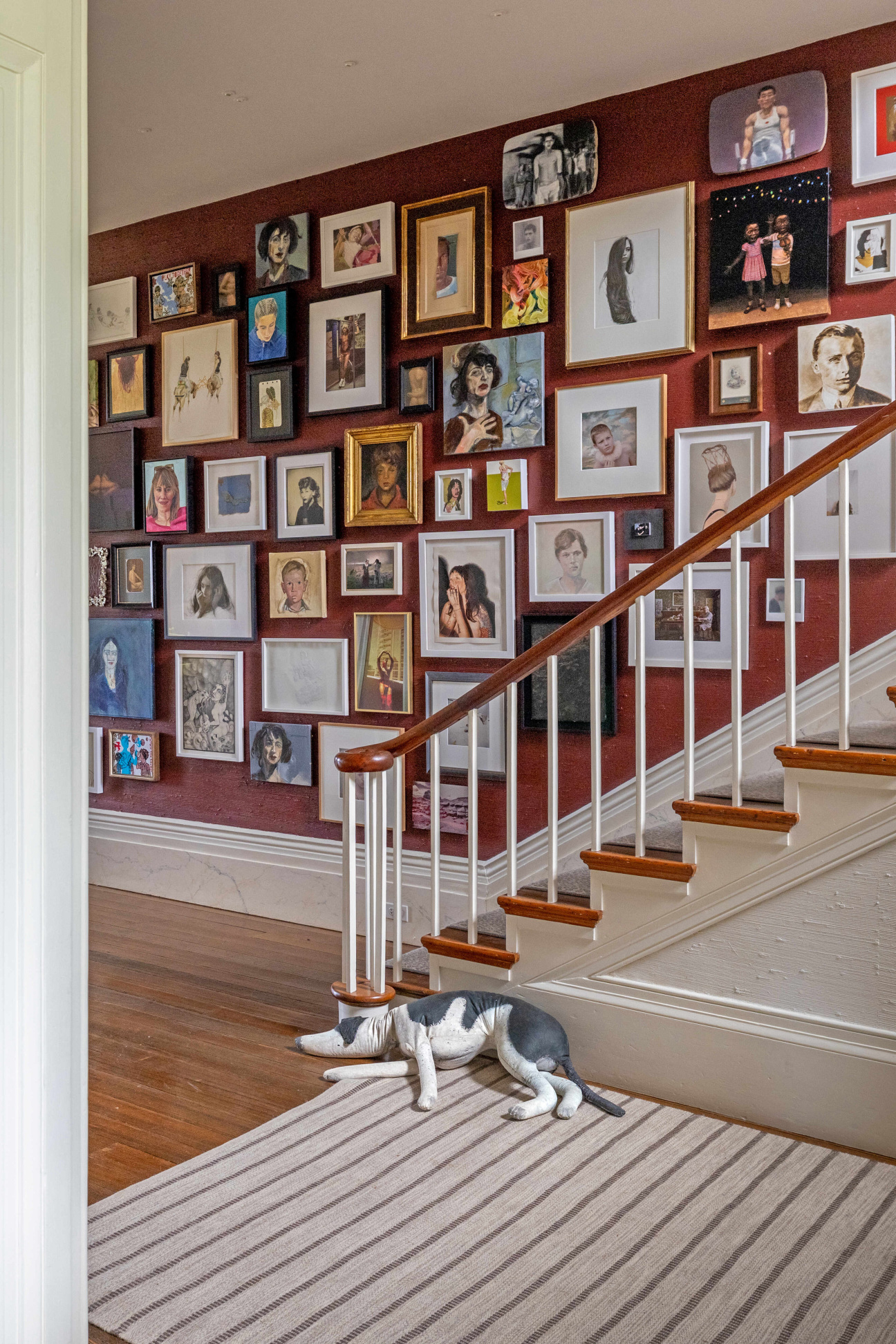
If there’s one word that could never be used to describe Steve Wilson and Laura Lee Brown’s taste in art, it’s “predictable.” In the couple’s sprawling Kentucky home, gallery walls run more than 100 pieces deep and stoneware hares curl up in the corners. Wilson, the founder of 21c Museum Hotels, began acquiring works during his first year of college, drawn to a Picasso poster from a traveling salesman that reflected his own creative malaise shortly after dropping his fine art major. Eventually, he found his way into the market with Brown by designing boutique hotels across the country that double as art museums.

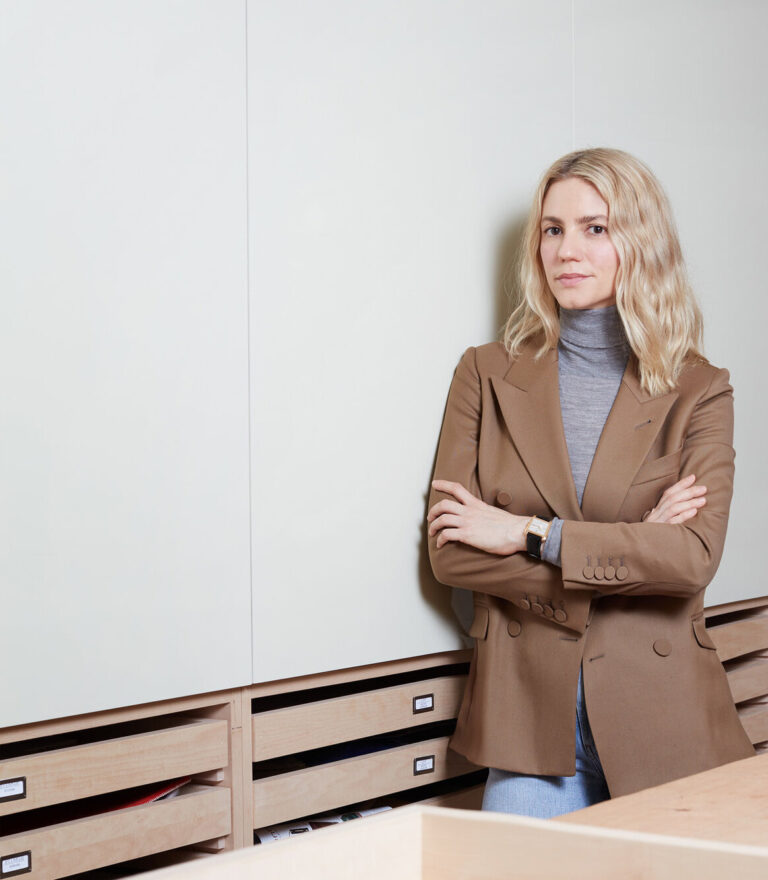
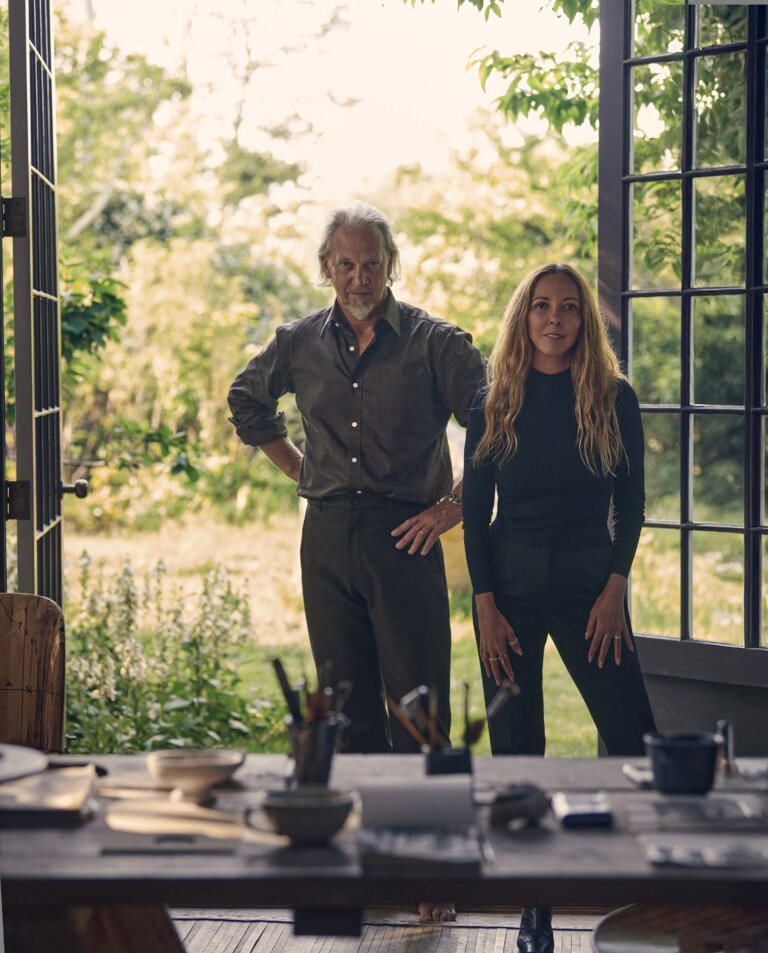
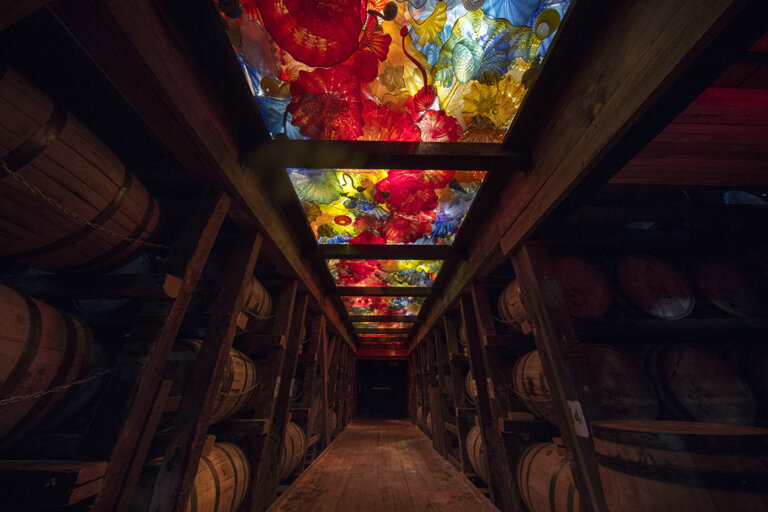

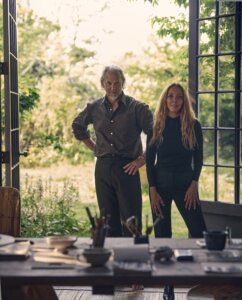




 in your life?
in your life?

